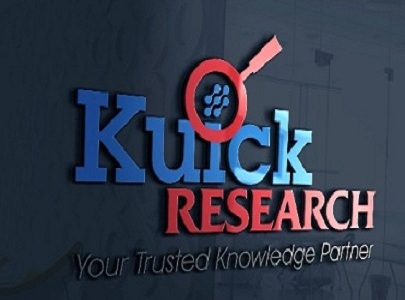
Global LAG-3 Inhibitor Market, Drug Sales, Price and Clinical Trials Insight 2028 Report highlights:
Lymphocyte-activation gene 3 (LAG-3) is a protein which was discovered in 1990 and found to be expressed on the cell surfaces of NK cells, activated T cells, B cells and plasmacytoid dendritic cells. LAG-3 is an immune checkpoint and has been considered as a target for developing drugs and therapies for the treatment of cancer, chronic infectious diseases and autoimmune diseases. In spite of the research activities spanning decades, it is believed that much of the knowledge about LAG-3, and especially those related to its mechanism of action, is still undiscovered. LAG-3 has potential as a therapeutic target for the management of several diseases, therefore it is essential to thoroughly investigate the protein and its functions to develop effective treatment strategies.
In last few decades, immune checkpoints have garnered interest of researchers as a result of which LAG-3 is probably the next most studied immune checkpoint after PD-1 and CTLA-4. Similar to the other immune checkpoint proteins, LAG-3 inhibits the function of cytotoxic cells after binding to its ligand, which is mainly the MHC class II molecule. Similarly, it also binds to the LSECtin, FGL1 and Galectin-3 as part of the MHC class II independent pathways, exerting additional immune suppressive effects. LAG-3 present on Treg cells also inhibits the proliferation of dendritic cells (DC). In another study, it was found that LAG-3 signaling downregulated the proliferation of NK cells. Therefore, with its effects inhibiting the proliferation and activation of a number of immune cells, LAG-3 develops an immunosuppressive environment, which fosters the proliferation and metastasis of cancer tumors. This property of LAG-3 has put it in limelight as a potential target for developing drugs and therapies directed towards the LAG-3.
Apart from cancer, LAG-3 is also said to have a role in the development of autoimmune disease and the induction of autoimmunity. In preclinical studies with non-obese diabetic (NOD) mouse models, the absence of LAG-3 was linked with a 100% occurrence of diabetes at an accelerated rate, which was otherwise delayed. The untapped proliferation of Treg cells in the absence of LAG-3 was the cause of for this. In another experiment, it was reported that the deficiency or inhibition of the LAG-3 increased the model’s susceptibility to developing autoimmunity induced by mercury. Further research showed that LAG-3 works in sync with the PD-1 immune checkpoint to delay or decrease the possibility of the initiation of autoimmune diseases and that immune exhaustion is linked with a less severe autoimmune disease.
From these research studies it is obvious that inhibition of immune cells by LAG-3 is both friend and foe. In the case of cancer, suppression of the immune system is detrimental for the body but in others, unchecked growth of T cells has been linked with the development of autoimmune disease. The role of LAG-2 has been mainly studied in reference to cancer and many inhibitors have been developed and are being evaluated in clinical trials; however, studies analyzing its role in the development and progression of autoimmune diseases and infectious diseases is still lacking and there is a dearth of medications in the pipeline to address this problem.
As mentioned above, LAG-3 has a complex mechanism of action and researchers have not been able to fully understand its functions and its potential in the treatment of diseases. This calls for a more thorough research to understand the protein and its interactions and the extent to which these factors can be exploited to benefit human by treating disease. Future research also needs to focus on the effects of LAG-3 inhibition on other cells part from the conventional T cells.